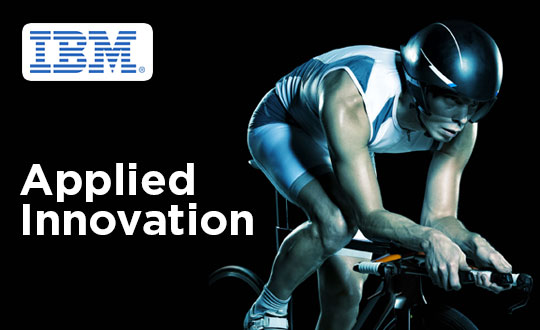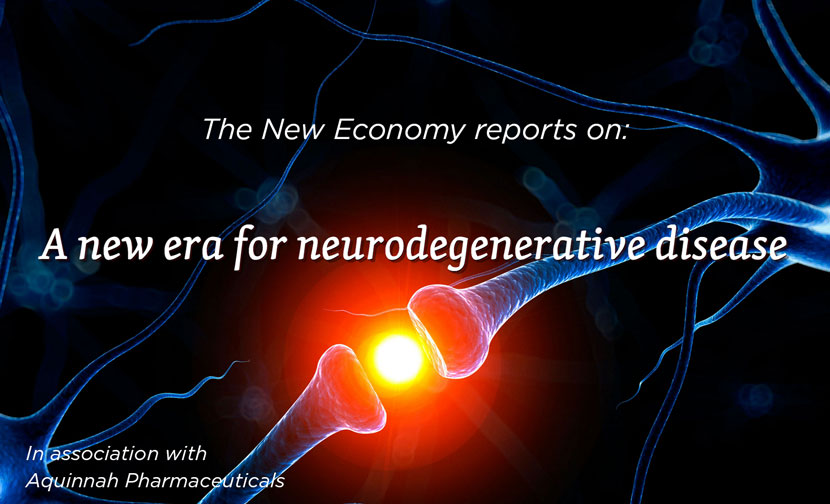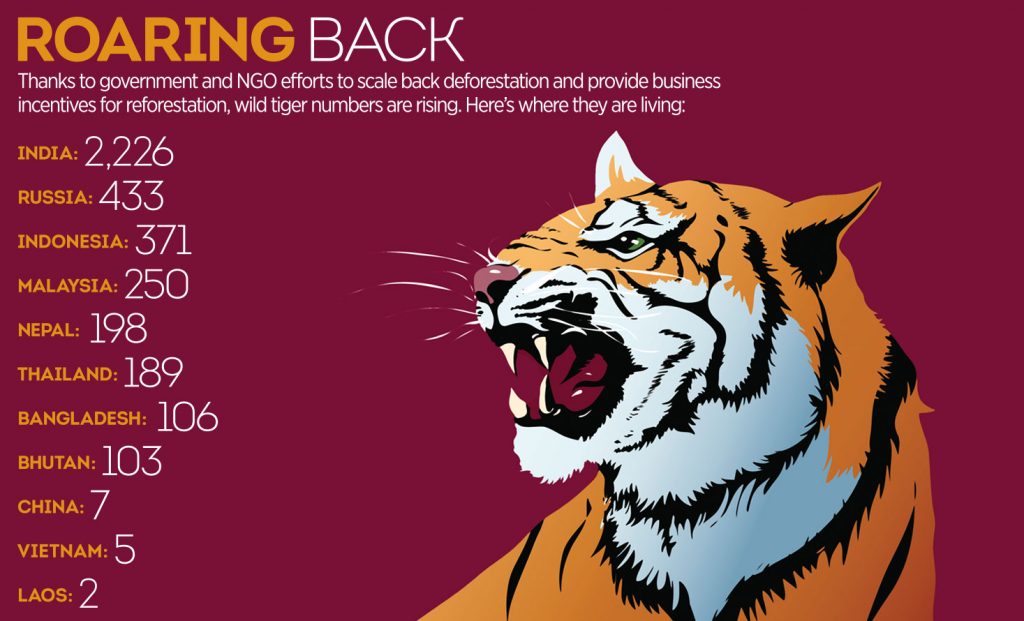A promising future
Over the past year, EDP Energias do Brasil has enjoyed considerable success. The New Economy spoke with António Pita de Abreu, CEO, about Brazil’s energy potential
Over the past year, EDP Energias do Brasil has enjoyed considerable success. The New Economy spoke with António Pita de Abreu, CEO, about Brazil's energy potential
What were the contributing factors for the company’s improved performance?
We were totally committed to the development of our strategy, focusing on the growth in the energy generation business while maintaining a tight control on costs, an efficiency in the distribution business and taking advantage of the growth of the Brazilian economy to increase the volume of energy sold to the “free electrical market”, which increased by more than 11 percent comparing to Q2 2010.
What is the outlook for Q2 2011 and for the remainder of the year? Is there anything in particular that will influence your results?
Our forecast points to a good EBITDA and net profit creation for 2011 maintaining a sustainable long-term value creation position in the Brazilian energy market. EDP Brazil announced back in mid-June the acquisition of ECE Holdings, which owns the rights for the construction and operation of the hydroelectric power plant of Santo Antonio do Jari.
Santo Antonio do Jari has a significant hydropower potential – an estimated 373 MW. The energy it will generate is already sold under an attractive, long-term Power Purchase Agreement (PPA).We intend to be begin its construction in the third quarter of this year.
The company prides itself in investing in technology that promotes efficient consumption of natural resources and material. In 2008 the group introduced the Econnosco campaign to foster energy efficiency. How has this progressed? Are there any other methods EDP utilises to assist this progress?
The Econnosco program aims to promote the adoption of sustainable practices among employees by endorsing conscious consumption. During 2009 and 2010 the program focused on providing awareness and engagement for the proper use of natural resources through distributing informative brochures regarding six main concerns – water, paper, energy, waste materials, fuel and greenhouse gas emissions – to all EDP employees.
In order to expand sustainable practices and to motivate EDP employees we put in place a group of 50 volunteers – internal sustainability ambassadors – from various business units throughout Brazil: in Sao Paulo, Tocantins and Espirito Santo and provided them with extensive training held by Instituto EDP and Akatu – one of the nation’s precursors and most respected institutions on conscious consumption. The program relies on building a motivated network that would then be responsible for sharing information and to discuss each topic with shareholders. In practice, the volunteers dedicated four hours each month to the program with the purpose of expanding best practices and developing sustainable projects.
As a result of the volunteers’ effort, in 2010, several projects were put into practice such as bathroom water optimisation reforms, plastic card recycling, the introduction of selective waste collection, replacement of common lanterns by LED lanterns for external night work, electronic equipment recycling and the green printing project.
Embedded in EDP’s business plan there is a R&D budget to support the development of new clean energy technologies for electricity generation fostering national expertise in line with national educational policies.
The UK plans to change electrical production in an attempt to combat climate change, ensuring security of energy supply and reducing bills for consumers in the future. The implementation of this plan will mean rising costs for consumers in the short-term. How does Brazil plan to combat these issues?
Unlike the UK, nearly 80 percent of the Brazilian energy matrix is based on renewable sources. By 2019, according to governmental research, this 80 percent renewable source share will still be preserved. Brazil owns a large amount of hydro potential that is not yet used. Brazil is also, very rich in wind resources (an estimated potential of 140 GW) and in biomass for electricity generation. On the top of that, there is fantastic compatibility and harmony between these three energy sources.
The maturity of the electrical market in Brazil, in terms of average consumption per capita, for instance, is not particularly similar to the UK. So the problems and the solutions are significantly different. Of course there is a political trend to reduce, or at least to avoid the rising of costs for the consumers.
Europe faces a difficult task. The primary resources for generation of electricity are becoming scarcer and the technologies needed to achieve an adequate protection of environment are, at this moment, not sufficiently mature to be cheap. There is a delicate balance to cope the present economical needs (better prices to foster a fast recover of the economical growth) and simultaneously to achieve a sustainable development of our world at a medium pace.
EDP has invested more than R$155m in energy efficiency projects and was the first company in Brazil to develop electric fuel station networks. What do the projects incorporate? Are they helping EDP achieve its targets?
The “electric fuel station” network, that we are implementing in several areas of our distribution, anticipates what we believe to be an unavoidable trend: the replacement of fuel vehicles by electrical ones.
EDP also has other distinctive energy efficiency projects widely recognised and respected, especially those related to the ‘Brazilian National Programme’ of energy efficiency. It also plays a key role in the energy industry in terms of innovation and sustainability. The company has been regularly running a series of breakthrough energy efficiency projects for all concerned.
Can you elaborate on EDP investment in Smart Grids?
Since 2007, EDP has piloted smart grid studies and Évora (a Portuguese historical town) was chosen in 2009 to host the first commercial large-scale smart grid pilot project, the InovCity Project, targeting 30,000 customers.
Évora is the practical illustration of how EDP addresses future energy industry trends by relating innovation and sustainability to operations. Smart grids are the answer for proactively tackling the challenge of energy efficiency and of reducing global greenhouse gas impact. They are the adequate infrastructure to accommodate energy mobility and to deliver effective means to allow people and companies to make a more efficient use of electricity. In addition, EDP has been testing new public lighting and end-user energy management system technologies as new ways of offering information to customers.
Will you have InovCity in Brazil?
Yes. We have not decided which city will be chosen in Brazil but we plan to do it in the near future. InovCityBrazil is a long-term project, with the first phase involving more than fifteen thousand consumption units. This phase is expected to end in 2012 As far as we know it will be one of the biggest smart grid projects in execution in Brazil.
How else has the company been managing to outperform rivals?
EDP was selected for the fourth consecutive year as one of the 20 top companies for corporate responsibility and sustainability practices by Guia Exame in 2011. The company integrates – for the fifth consecutive year – the » ‘Sustainable Corporate Index’ of BMF&Bovespa (ISE).
Everyone in the company is proactively committed to good governance practices, to obligations vis∞a∞vis every stakeholder and with value creation in a sustainable way.
Can you explain the triple bottom line case?
Let’s give you a real example. EDP Brazil has built and owns, with the Brazilian state owned Eletrobras, a 452MW hydropower dam, Peixe Angical. Since its inception, we were committed with the highest technical standards in complete accordance with the triple bottom line best practices in order to meet long-term energy needs and society’s growing requirements.
In the early stages the company contemplated preliminary feasibility and environmental studies, which formed the ‘Basic Environmental Study’, an in-depth engineering and socio-environmental review. The study is accountable for all social, environmental and economical impacts and it guides all risk management actions in minimising and reducing all possible exposure. Not only is this study essential for all hydropower dams, but it is also responsible for up to 14 percent of the total cost of the venture. Some of the important examples of implementations derived from the study include:
– Additional educational, health, sanitation and security infrastructure in the cities that have seen the largest population growth.
– Creation of a green educational programme coordinated with a local university to stimulate and to engage the community in the transformation of the environment.
– A stimulated local economy after the completion of the dam by offering a complete SWOT and economic analysis, providing training in the core capabilities needed to enhance local businesses competitive advantages along with SEBRAE (The Brazilian Service of Support for Micro and Small Enterprises).
– The creation of a negotiating forum helped to stimulate the consensus through the equal opportunity debate.
However, as a triple bottom line approach does not finish in the construction phase, Peixe Angical is also concerned with operational excellence. That’s why the company is totally engaged in a ‘Sustainable Integrated Management System’, combining occupational health and safety with extensive environmental guidelines. This practice is responsible for the plant to hold the ISO 14001 and OHSAS 18001 certifications.
What does the future hold for EDP Brazil?
Our competitive advantage is related to our portfolio mix and lifecycle. Being a strong competitor across the energy value chain within: generation, commercialisation and distribution – EDP is able to optimise the regulatory risk, to maximise the value accrued by its assets selection and to develop transversal expertise.
EDP Brazil is committed to its three-pillar balanced scorecard-strategy: (i) Superior Efficiency; (ii) Controlled Risk and (iii) Oriented Growth.
In terms of ‘superior efficiency’, EDP aims to increase the quality of services it delivers to the customer maintaining a strict cost control. For the ‘controlled risk’ pillar, we are focused on maintaining a solid financial structure. Our distribution companies achieved investment grade ratings in March 2009.
‘Oriented growth’ has always been one of EDP’s main focuses. Since the 2005 IPO, EDP’s installed capacity grew three times, from 680MW to 1.828MW. We firmly believe that EDP Brazil will maintain the successful trend we have been following till now.













